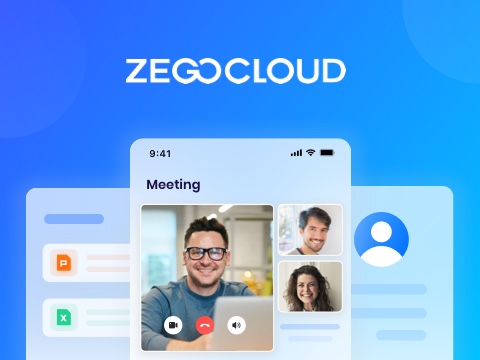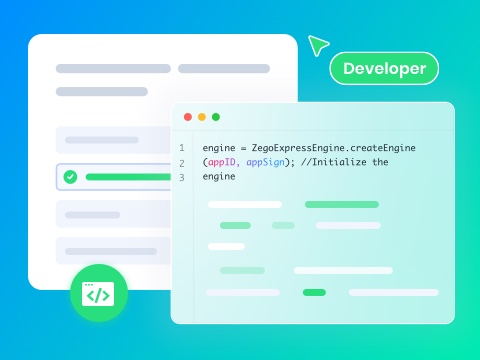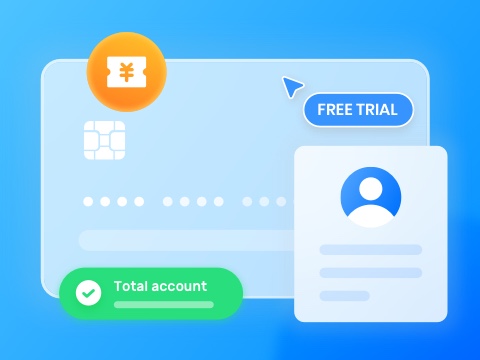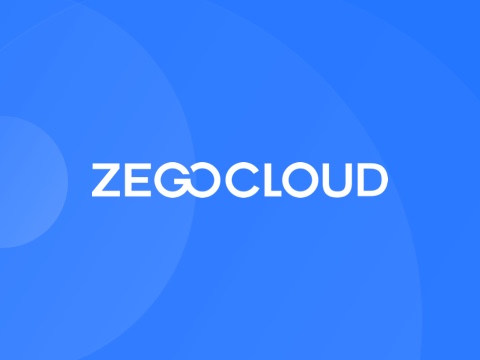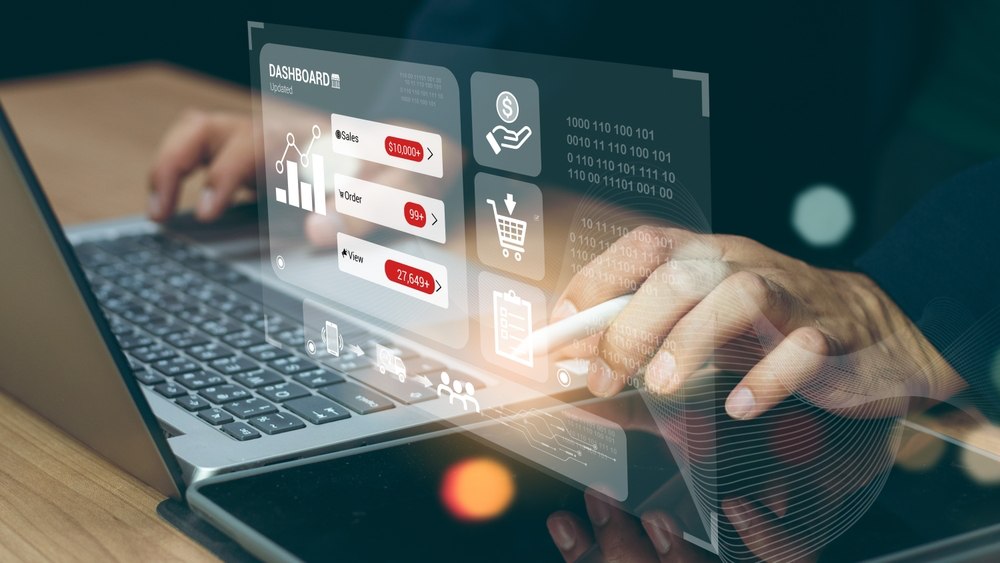With the proliferation of the internet, e-commerce has become a separate industry that generates significant revenue each year and is predicted to grow massively. However, the key to growth is e-commerce website development, which lets customers interact with buyers. With 27.2 million e-commerce sites worldwide, yours can be lost in the crowd if it isn’t built exceptionally. Thus, read this guide for efficient ecommerce web development and let your online store thrive.
What is E-commerce Website Development?
The concept refers to a process of creating the technical structure of an online store that involves setting up the front end and back end. Notably, the front end is where customers interact while browsing and making purchases online. On the contrary, the backend handles data processing, order management, and integration with other systems like customer relationship management.
Simply put, e-commerce site development is creating online forums for product selling and buying. The process involves the design and development of easy-to-use interfaces, management of product catalogs, and integration of secure payment gateways. Moreover, several other features of e-commerce sites are designed in this development phase that make the online shopping experience immersive.
Options for Building an E-commerce Website
To enhance user experience while maintaining development costs, developers should study options available for e-commerce web development. Thus, the following are the 3 main methods to consider and decide which suits best your goals.
Option 1: Build an Open-Source Site from Scratch
If you have a capable web development team or enough budget to hire professionals, you can opt for an open-source e-commerce platform. This is because they allow complete code modification flexibilities and unmatched customization options to construct websites. However, your business will have to handle PCI compliance, security, web hosting, and manual updates, which will be challenging.
Therefore, this approach is great for enterprises with unique needs, such as custom functionality and certain third-party integrations. Thus, know that it’s a flexible method but requires significant budget and technical resources, making it unsuitable for startups.
Option 2: Personalize a SaaS (Software-as-a-Service) Solution
Individuals new to the e-commerce industry can adopt this approach since it doesn’t require a hefty budget and extensive coding skills. This e-commerce development option is a subscription-based approach that is built and managed by third-party vendors and hosted over the cloud. Hence, rather than building a site from scratch, one can rent the platform where the platform provider will handle updates, compliance, and security.
You can count BigCommerce as an example, which is a leading open-SaaS e-commerce forum for mid-market. It benefits from both Open-source and SaaS platforms that have reduced their total cost and greater flexibility.
Option 3: Employ the Power of MACH Architecture
MACH refers to microservices, API-first, cloud-native SaaS, and headless, which is a set of guiding principles to build enterprise software tech stacks. Unlike other custom ecommerce development options, it lets you select technology that best suits your business needs and roadmap. Here, microservices can handle specific functions like checkouts, product catalogs, and payment processing.
Whereas API-first connects services and lets developers integrate third-party tools for smooth frontend and backend communication. Moreover, this method reduces infrastructure costs through cloud-natives that are managed and hosted in the cloud. Plus, note that headless ensures the same delivery of content across channels like mobile, web, and social media while managing the same backend.
Functionality to Consider When Developing an Ecommerce Website
As an e-commerce website developer, you should list down features and functions you need in the site before delving into the development procedures. Hence, look into the following points regarding must-have functionalities and decide which one you should include or skip.
1. Responsive Design
Based on recent research, successful applications are those with user-friendly and intuitive user interfaces. Therefore, you should make the e-commerce forum’s landing page clean, legible, and attractive. In this context, you must consider customers of all age ranges, genders, and even regions for your international brand. Plus, developers should keep their design responsive no matter if it is used on smartphones, laptops, or tablets.
2. Speed & SEO
During e-commerce website development, you should bring fast-loading pages that are SEO optimized to impact conversion rates. To guarantee peak performance of sites, choosing a skilled developer is essential who knows how to optimize site speed.
Otherwise, slow product loading may frustrate potential buyers and impact your site’s ranking in a huge e-commerce industry. Moreover, consider using different content strategies and adding keywords to sites or product descriptions to rank it higher in search results.
3. Product Management
To ease online sellers, you can leverage AI in eCommerce to add bulk product uploading options, making it easier to manage inventory. Notably, AI integration will help them track stock levels and generate product descriptions efficiently. Besides, developers can add a wishlist and favorites section to encourage buyers to shop for their favorite products later. Another useful feature is allowing varied colors, sizes, and materials of the same product to be displayed on one page for a seamless shopping experience.
4. Secure Payments
Your capacity for handling important customer data and payment history is crucial for your business growth. Otherwise, customers cannot only stop buying from your site, but you might face several lawsuits. Thus, you must employ transport layer security (TLS), HTTPS authentication, and secure sockets layers (SSL). E-commerce website developers should also ensure their devices are free from viruses and malware.
5. Checkout Options
Other than secure transactions, you should consider multiple payment options since offering one payment option isn’t acceptable in e-commerce. Moreover, researchers claimed that several payment options are speeding up decision makings of customers and even prompting them to spend more. You can even think of guest checkouts because buyers dislike indulging in complicated sign-up processes.
6. Quality Product Images/Marketing
In the e-commerce development market’s history, many businesses flop because of poor marketing of products. Therefore, it is advised to integrate options for high-quality and multiple product picture uploading. This necessary feature will build trust in your products and attract the maximum audience. Furthermore, you should consider adding social sharing options to let interested customers share products with others for suggestions.
How to Develop a Custom ecommerce Website
Now that you know the available development options and functions, developing a site from scratch must be difficult. However, the choice depends on your business level, budget, and expertise available. For now, you can look into the following steps involved in custom e-commerce development and decide your approach:
Step 1: Clarify Your Business Needs & Goals
First, decide whether your online business is a business-to-consumer (B2C) operation or its business-to-business operation to confirm B2B ecommerce website development. Later, determine the target audience, their needs, tastes, style of photograph, and the level of product details you need to provide. Following that, decide on an attractive and unique name for your website, but also consider its SEO ranking predictions.
Step 2: Buy a Domain Name
Despite your name selection, you must also consider available domain names since in-demand and catchy domains aren’t easily available. Suppose your looked-for domain is available; you can get a short-term contract with a domain provider if you are not fully invested in the business currently. Notably, an easy-to-remember and eye-catching URL drives maximum traffic and boosts your brand awareness among competitors.
Step 3: Discuss Hosting Platform Options
During e-commerce site development, choosing a hosting platform is a crucial phase that makes your website files accessible online. For this, several merchants are available, such as Shopify, Magento, and WooCommerce. Besides, there are several types of hosting for e-commerce sites, including shared, cloud, managed, and VPS, which you must choose based on your needs.
Step 4: Design Your Site and List Products
Designing a site is not just about creating a logo and using the entire color palette for a catchy theme. Instead, developers have to focus on all aspects, from creating intuitive landing pages to navigating search bars and filters. Additionally, they need to set product visibility layouts and checkout criteria and organize overall design to avoid declining sales and the company’s reputation.
Step 5: Set Payments and Shipping Ways
After completing the design and structure, discuss payment gateways with team members and third-party logistics providers for their services. Also, consider adding different payment options like buy now and pay later, buy in easy installments, card payment, and cash on delivery. However, don’t forget cross-border payment rules for international customers and security compliance to protect users’ personal data.
Step 6: Build & Launch Your Site
Once all is set, begin the coding phase as an eCommerce website developer to bring your planned features to life. Instead of building everything from scratch, leverage ZEGOCLOUD’s APIs and SDKs to seamlessly integrate real-time interactive features like live selling, AI customer service chat, and in-app video consultations—all within just 30 minutes of integration.
With ZEGOCLOUD’s powerful real-time communication technology, your eCommerce site can provide a highly engaging shopping experience, allowing sellers to host live product demonstrations, interact with customers instantly, and enhance buyer confidence. This not only improves customer retention but also drives higher conversion rates.
Before launching, conduct detailed testing, quality assurance, and feedback collection to ensure smooth functionality. Additionally, this is the perfect stage to start marketing efforts, helping your target audience discover your site and experience real-time shopping interactions, making a strong impact in a competitive eCommerce landscape.
Step 7: Maintain Your E-commerce Platform
The site development process doesn’t end with the successful delivery of an e-commerce site; you need to maintain it regularly. Moreover, you should remove bugs and launch frequent updates to provide optimal experience to customers and retain good conversion rates.
Ecommerce Website Development: How ZEGOCLOUD Transforms User Engagement
Without a proper channel for customer queries and buyer-seller interactions, your e-commerce web development will be unsuccessful. Thus, you should use ZEGOCLOUD APIs and SDKs to make it communicative without excessive coding and building anything from scratch. It provides easy to integrate APIs for one-on-one chat where customers can interact directly with sellers in case of issues.
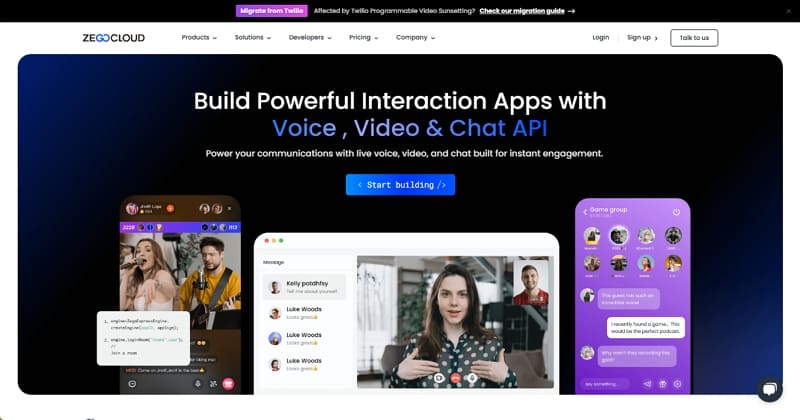
Besides, there is a live-streaming API that facilitates live-shopping experiences like Facebook Live and DARAZ Live. Through this API, retailers can answer interested buyers’ queries live and come live with multiple hosts. Plus, they can change virtual backgrounds and enhance their appearance, which is possible with AI effects features. For high-quality interactions, ZEGOCLOUD offers them 4K ultra clear quality and 48kHz audio with exceptional audio processing.
Notably, it features an AI anchor assistant API that means sellers can automate the customer service section of their e-commerce site. In this regard, there is a multi-interaction model and clone anchor that can respond to customers in varied tones, styles, and accents.
Conclusion
In short, this article has discussed ecommerce website development that is helping businesses generate massive revenue when crafted properly. Here, its basics, development options, functionalities, and creation steps are discussed in detail.
However, when ending the discussion, you are advised to use ZEGOCLOUD APIs and SDKs to speed up the website delivery. Using it, you can also elevate seller and buyers’ experiences by making the app communicative through AI.
Read more:
FAQ
Q1: What is eCommerce website development?
eCommerce website development is the process of creating an online store where businesses can sell products or services. It includes website design, product listings, payment integration, and features like order tracking and customer support.
Q2: How can I build an eCommerce website?
Choose a platform like Shopify or WooCommerce, register a domain, and set up hosting. Design your store, add products, set up payment and shipping options, and optimize for SEO. Finally, launch your site and promote it through marketing channels.
Q3: How much does it cost to develop an eCommerce website?
Costs vary based on the platform and features. A basic store costs $500–$5,000, a custom site ranges from $5,000–$50,000, and large-scale enterprise sites can exceed $50,000. Additional costs include hosting, plugins, and marketing.
Q4: Do eCommerce sites make money?
Yes, eCommerce sites can be profitable through product sales, subscriptions, and affiliate marketing. Success depends on good products, strong marketing, and a great customer experience.
Let’s Build APP Together
Start building with real-time video, voice & chat SDK for apps today!



